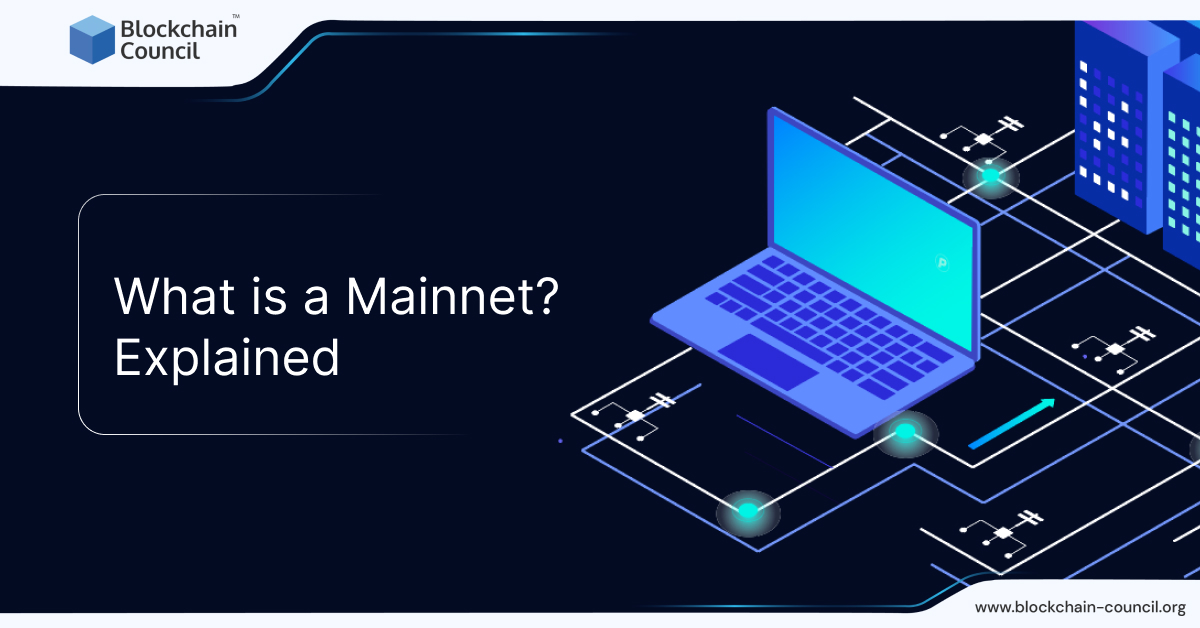
- Amber Smith
- August 22, 2024
What is a Mainnet?
A Mainnet, in the context of Blockchain technology, is the fully developed and operational Blockchain network where cryptocurrency transactions are broadcasted, verified, and recorded on a distributed ledger. It’s the opposite of a testnet, and it signifies that the Blockchain is ready for public use, allowing users to send and receive cryptocurrency transactions.
The Mainnet is the backbone of the Blockchain network, responsible for validating, recording, and broadcasting cryptocurrency transactions. It signifies that the Blockchain has completed its developmental phase and is now open to the public. This stage is the antithesis of a testnet, which is employed by developers to troubleshoot and fine-tune the Blockchain’s functionality before it’s deemed secure and ready for the Mainnet launch..
How Does a Mainnet Work?
Now that we know what a Mainnet is, it is important to understand how a Mainnet works. As we stated earlier, a Mainnet is the beating heart of any Blockchain. It serves as the stage for real-world transactions, and its inner workings are crucial for understanding the decentralized Blockchain ecosystem. Whether you’re a beginner or a seasoned professional, let’s delve into the intricacies of how a Mainnet functions.
The Birth of a Mainnet, The journey of a Mainnet, begins in a testnet, a controlled environment where developers fine-tune the Blockchain’s code without affecting the live network. Once the code passes quality assurance (QA), it’s ready to make the leap to the Mainnet.
Network Transactions and Miners When a user initiates a transaction on the Mainnet, the information ripples across all network nodes. Here’s where miners come into play. These dedicated nodes race to solve complex mathematical puzzles to add the transaction to the next block in the Blockchain. The first miner to succeed reaps a predetermined reward in cryptocurrency, incentivizing their participation.
Core Components of a Mainnet Miners are the backbone of a Mainnet, operating nodes and using computational power to validate transactions and create blocks. This meticulous process ensures the network’s immutability and security. But launching a Mainnet involves a series of steps, including token sales, securing financing, and rigorous product testing.
Mainnet’s Ongoing Evolution Even after its official launch, a Mainnet is subjected to ongoing testing via a parallel testnet. This separate environment allows developers to experiment with new protocols and updates while keeping the Mainnet intact. Depending on the project’s roadmap, developers may implement hard forks or soft forks to enhance functionality.
The Mainnet Milestone The launch of a Mainnet is a significant milestone for any Blockchain project. It often sparks increased market interest and can lead to a surge in the associated cryptocurrency’s price. This newfound confidence encourages users to trust the Blockchain and engage in transactions. Mainnets are preferred by the crypto community due to their enhanced credibility and functionality.
Also Read- How Does zkEVM Work?
Advantages
So far in this article we have got answers to two questions: What is a Mainnet? How does Mainnet work? Now, it is crucial to understand why we are so focused on Mainnets to begin with. What is so special about them? Why are Mainnets so important for Blockchain? Let’s answer that question with some key benefits of a Mainnet:
Why Mainnets Matter
- Real Value Transactions
- Robust Security
- Decentralization
- Smart Contract Support
- Immutable Record
- Token Creation
- Milestones for Trust
- Economic Ecosystem
- Scalability
- Interoperability
- Innovation Platform
Real Transactions, Real Value
Mainnets handle genuine cryptocurrencies or tokens with real-world value, in contrast to testnets that use simulated tokens. These transactions occur in a real, production environment.
Fortified Security
Mainnets prioritize security with robust features. They incorporate cryptographic encryption and consensus mechanisms, essential for safeguarding transactions, preventing fraud, and maintaining trust within the network.
Decentralization
One of the key strengths of Mainnets is their role in decentralizing control. They distribute authority and operation across multiple network nodes. This approach mitigates the risk of censorship, promotes transparency, and ensures that no single entity can dominate the network.
Smart Contracts in Action
Mainnets provide the live stage for smart contracts to execute their functions. Smart contracts automate and secure transactions, ensuring that contractual terms are met. This practical application is crucial for various real-world use cases.
Immutable Records
Transactions on Mainnets are permanently recorded on an immutable Blockchain. Once data is recorded, it cannot be altered or tampered with. This feature is vital for establishing trust and accountability in transactions.
Token Power
Mainnets enable the creation and distribution of a project’s tokens. This functionality is fundamental for the operation of many Blockchain-based platforms, as tokens serve as the essential components of the Blockchain ecosystem.
Community Milestones
Mainnet launches serve as significant milestones in a project’s development. They signal to the project’s community and stakeholders that substantial progress has been made. This helps build trust and engagement within the project’s ecosystem.
Economic Ecosystem
Mainnets play a pivotal role in establishing an economic ecosystem around a project. They facilitate the creation of marketplaces for goods, services, and digital assets, fostering economic activity within the Blockchain network.
Scalability
Mainnets often incorporate features that support network scalability. This means they can handle increased transaction volumes and a growing user base, ensuring that the Blockchain network can expand and adapt to changing demands.
Interoperability
Some Mainnets are designed to be compatible with other Blockchain networks. This interoperability enhances the project’s functionality and extends its reach by allowing it to interact with other Blockchain ecosystems.
Innovation Hub
Mainnet launches provide a real-world platform for developers to build upon. They encourage innovation and development within the Blockchain space, as developers can create applications and services on a live and operational network.
Also Read- What is zkEVM?
Disadvantages
So, are Mainnets totally perfect? The answer is, no. Every coin has two sides. Mainnets come with their own sets of disadvantages that you must know about. So what are they? Let’s find out!
Scalability Challenges
As Blockchain networks grow, Mainnets can face challenges in handling increased transaction volumes. This can lead to congestion and slower transaction processing times, impacting user experience.
Energy Consumption
Proof-of-work-based Mainnets, like Bitcoin, require significant computational power, leading to high energy consumption. This environmental impact has raised concerns about the sustainability of such networks.
Centralization Risks
While Mainnets aim for decentralization, some networks might face centralization risks due to the concentration of mining power or control within a few entities. This undermines the core principle of decentralization.
Security Vulnerabilities
Despite robust security features, Mainnets are not immune to attacks. New vulnerabilities or exploits could emerge, posing risks to the integrity of transactions and user funds.
Regulatory Challenges
Mainnets operate within various legal frameworks globally. Regulatory uncertainties and changes in legislation can create challenges for projects, leading to compliance issues and legal hurdles.
Upgrade Difficulties
Implementing upgrades or changes to Mainnets can be complex. Achieving consensus among network participants for protocol upgrades is challenging and can lead to contentious hard forks, potentially splitting the community.
User Error and Irreversible Transactions
Transactions on Mainnets are irreversible. If users make a mistake in their transactions, such as sending funds to the wrong address, there is no recourse, leading to permanent loss of assets.
Adoption Barriers
Mainnets might face challenges in gaining widespread adoption. Limited awareness, complex user interfaces, and technological barriers can deter non-technical users from participating in the network.
Resource Intensive
Running nodes on Mainnets can be resource-intensive, requiring substantial computing power and storage capacity. This can limit participation to individuals or entities with significant resources.
Interoperability Issues
While some Mainnets aim for interoperability, achieving seamless integration with other Blockchain networks and traditional financial systems is an ongoing challenge. Interoperability gaps can restrict the full potential of Mainnets.
Also Read- What Are the Different Types of zkEVMs?
Examples of Mainnets
Now that we know what a Mainnet is and how it works, let’s have a look at some of the most popular Mainnets that are shaping the digital future:
- Ethereum Mainnet: The Ethereum Mainnet is a well-known and widely used Mainnet that supports a plethora of decentralized applications and smart contracts. It’s the birthplace of the Ethereum cryptocurrency and has played a pivotal role in the growth of the decentralized finance (DeFi) ecosystem.
- Bitcoin Mainnet: Bitcoin’s Mainnet is the original and primary network where real Bitcoin transactions occur between users. It’s the backbone of the Bitcoin Blockchain, enabling peer-to-peer transactions with the digital gold standard.
- Polygon Mainnet: Polygon’s Mainnet is another notable example. It is designed to enhance the scalability of the Ethereum Blockchain, making transactions faster and more cost-effective. Polygon aims to address the challenges of high gas fees on the Ethereum network.
- Binance Smart Chain (BSC) Mainnet: Binance Smart Chain (BSC) operates as a separate Blockchain but is closely tied to Binance, one of the largest cryptocurrency exchanges. BSC aims to provide smart contract functionality and compatibility with Ethereum’s protocol while offering faster and cheaper transactions.
- Aurora Mainnet: Aurora Mainnet focuses on providing a high-speed, low-cost Blockchain network, with an emphasis on facilitating the creation of decentralized applications. It offers a platform for developers to build and deploy projects efficiently.
- XRP, Monero, Litecoin, and TRON Mainnets: These cryptocurrencies have their own Mainnets, each tailored to their specific use-cases. XRP is designed for fast and low-cost cross-border payments, Monero prioritizes privacy, Litecoin offers fast transaction confirmations, and TRON focuses on creating a decentralized internet.
Also Read- What are the Differences Between EVM and zkEVM?
Mainnet 2024
Here’s a summary of the mainnet features for different Blockchain projects launching in 2024:
Chromia Mainnet
- Relational Blockchain Architecture: Combines the efficiency of relational databases with the secure, permissionless nature of Blockchain.
- Interoperability: Features designed to work seamlessly with Ethereum and other EVM-compatible chains.
- Modular Solutions: Offers Layer-1 and Layer-2 solutions aimed at enhancing user experiences in Web 3 gaming and more.
- Comprehensive Developer and User Tools: Includes an official wallet, a block explorer, and detailed technical documentation and tutorials.
- Early Production Environment: Powers several projects already, including a digital collectibles marketplace and fashion brand technology.
Mintlayer Mainnet
- Genesis Block Creation: Marks the beginning of its Blockchain with a foundational block.
- UTXO Model & Hardcoded Smart Contracts: Increases transaction flexibility and introduces specific output types for smart contracts.
- Hybrid Consensus System: Combines proof-of-stake and proof-of-work principles, allowing for a secure and accessible network.
- Rust Development: Ensures speed and security through efficient programming.
- ML Token: Central to Mintlayer’s operations, with a deflationary supply mechanism and incentives for network participation.
- Tokenization Capabilities: Supports the creation of fungible and non-fungible tokens with customizable metadata.
Match Chain Mainnet
- Interoperability and EVM Compatibility: Built using Cosmos SDK, focuses on user data sovereignty and allows developers to build decentralized apps with composability.
- SoulBound Tokens (SBTs): Enhances user data sovereignty through unique digital identity tokens.
- Match Originals Project: A successful initiative that has attracted many builders to the platform.
- Privacy and Data Control: Emphasizes the importance of privacy and user control over their data as fundamental human rights.
Conclusion
In conclusion, the Mainnet is the lifeline of any Blockchain project. It represents the point at which an idea transforms into a fully functioning network, enabling secure and decentralized transactions. Whether you’re an investor, developer, or just a curious individual, grasping the concept of a Mainnet is essential for navigating the world of cryptocurrencies and Blockchain technology. This article answered the burning questions: What is a Mainnet? How does it work? As Blockchain continues to evolve, the Mainnet remains at its core, driving innovation and progress in this rapidly changing landscape.
FAQ’s
What is a Mainnet?
- A Mainnet is the fully developed and operational Blockchain network where cryptocurrency transactions are processed, verified, and recorded on a distributed ledger.
- It represents the point at which a Blockchain is ready for public use, allowing users to send and receive cryptocurrency in a real production environment.
- Mainnets are crucial for real-world transactions and serve as the opposite of testnets, which are used for development and testing purposes.
What is Mainnet in Ethereum?
- The Mainnet in Ethereum is the original and primary network where real Ethereum cryptocurrency transactions occur between users.
- It is the backbone of the Ethereum Blockchain, supporting decentralized applications and smart contracts.
What is an example of a Mainnet?
- Ethereum Mainnet: The Ethereum Mainnet is a well-known example, enabling various decentralized applications and smart contracts.
- Bitcoin Mainnet: Bitcoin’s Mainnet is the primary network for real Bitcoin transactions between users.
- Polygon Mainnet: Polygon’s Mainnet aims to enhance the scalability of the Ethereum network, making transactions faster and more cost-effective.
What is Mainnet in Binance?
- Binance Smart Chain (BSC) Mainnet is a separate Blockchain closely tied to the Binance cryptocurrency exchange.
- BSC provides smart contract functionality and compatibility with Ethereum’s protocol while offering faster and cheaper transactions.
How does Mainnet work?
- A Mainnet functions as the heart of a Blockchain, processing real-world transactions.
- It begins with a testnet where developers fine-tune the code, ensuring its quality before going live.
- When a user initiates a transaction on the Mainnet, information spreads across network nodes, and miners validate and add transactions to the Blockchain.
- Mainnets offer benefits like handling real transactions, security, decentralization, and the execution of smart contracts, while also having challenges like scalability and security vulnerabilities.

































































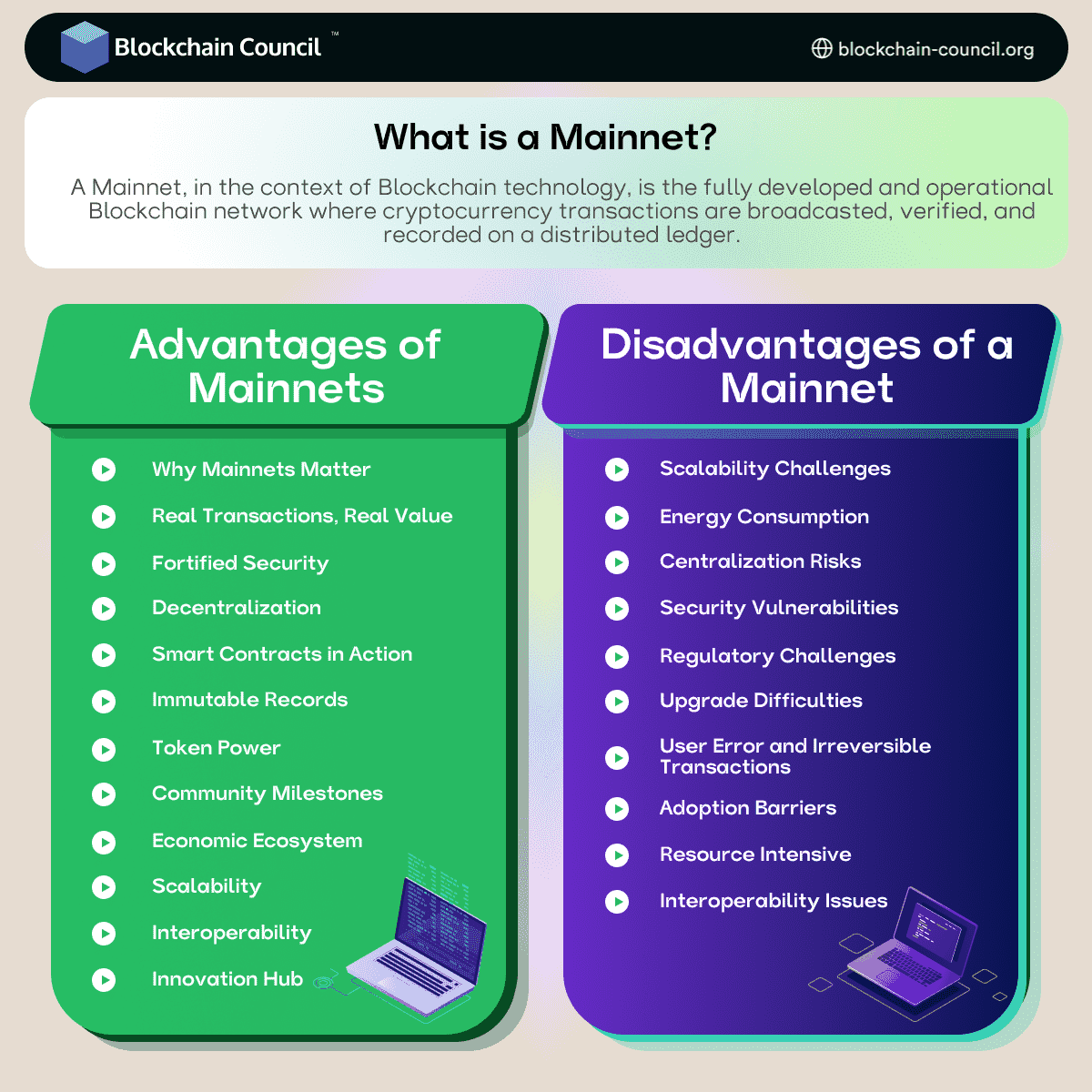
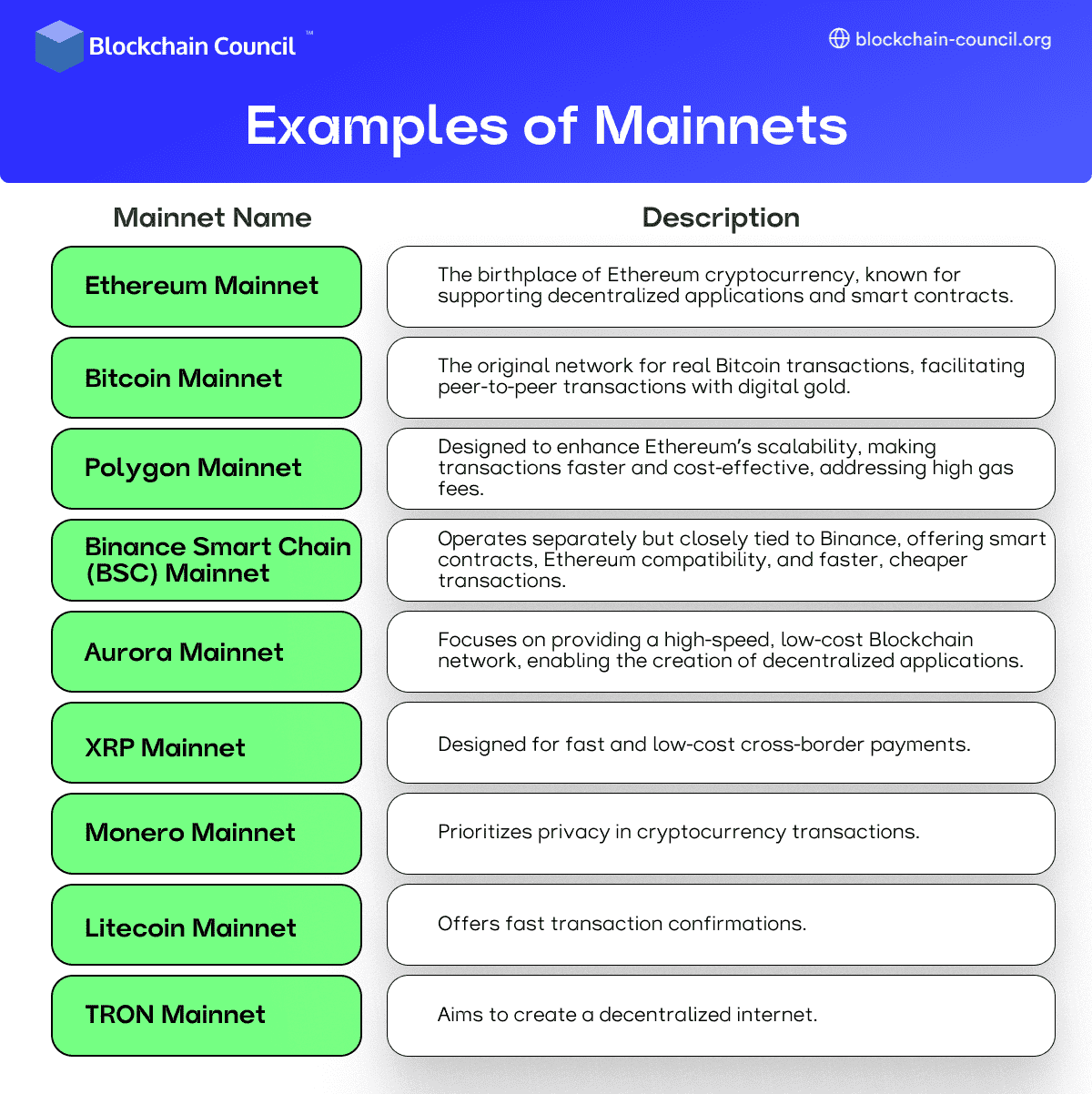
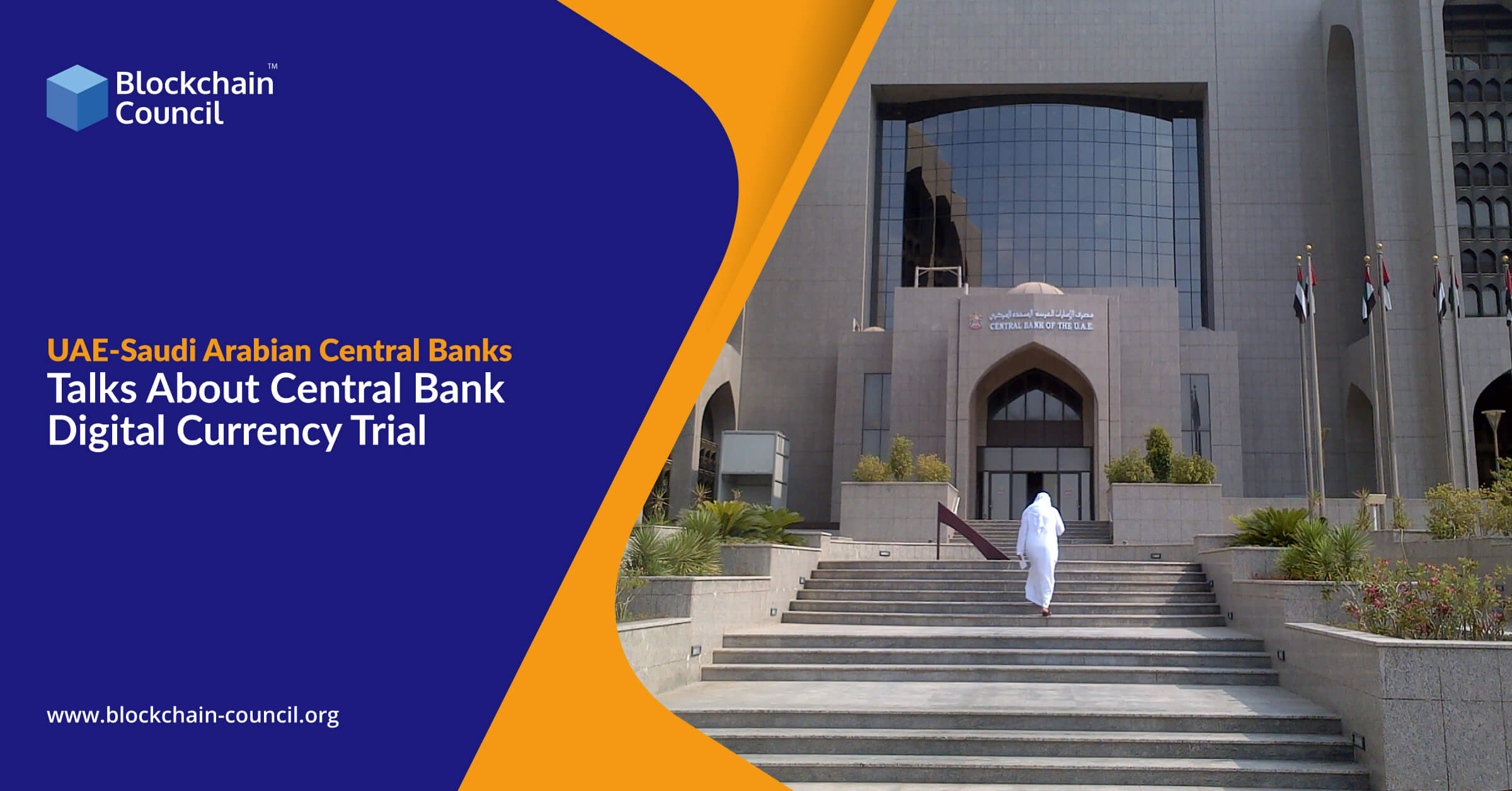

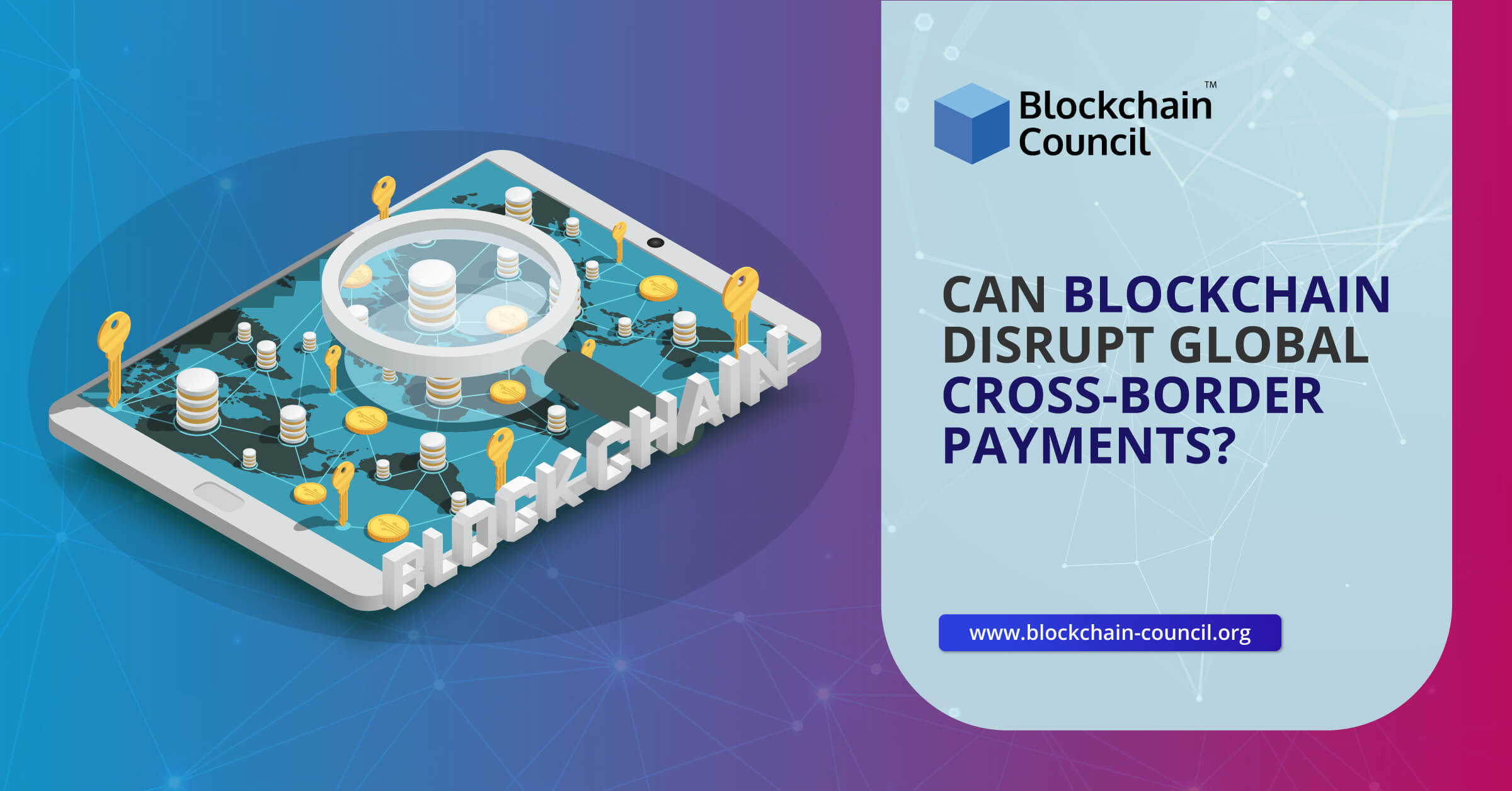
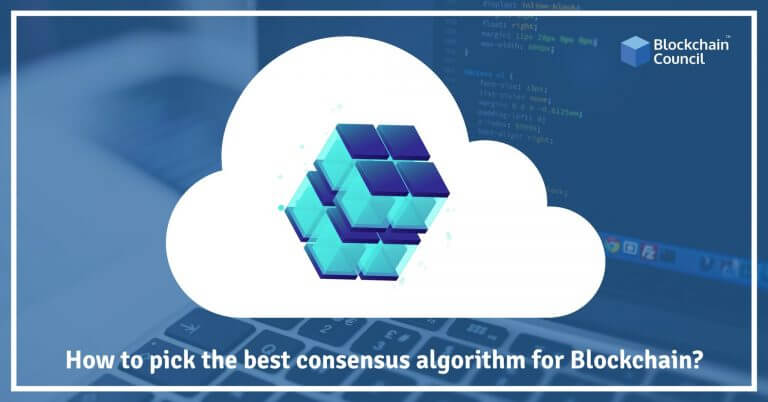
 Guides
Guides News
News Blockchain
Blockchain Cryptocurrency
& Digital Assets
Cryptocurrency
& Digital Assets Web3
Web3 Metaverse & NFTs
Metaverse & NFTs
